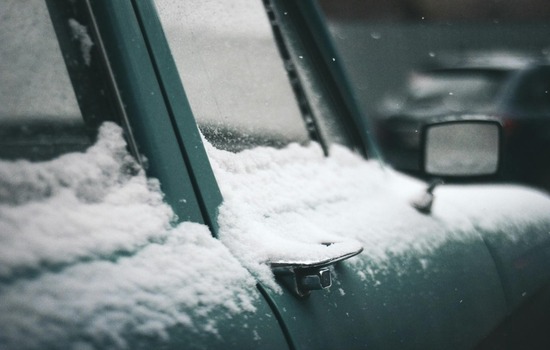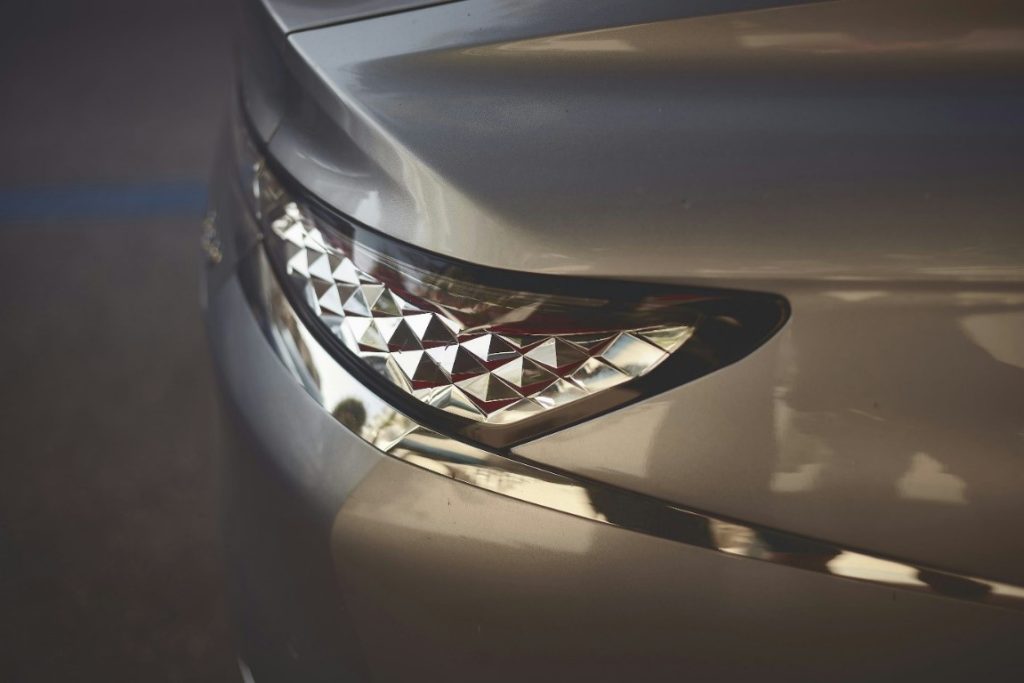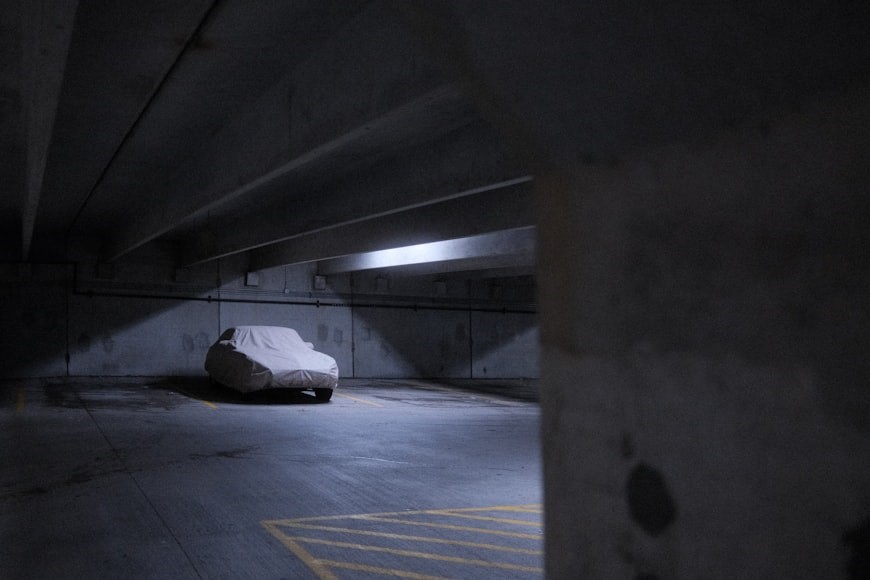San Antonio Hailstorms: Are Aluminum Cars at Risk?

Hail Season in Killeen: How to Protect Your Vehicle
August 15, 2025
Why Skipping Hail Repair in El Paso Could Hurt Your Car’s Value
September 16, 2025San Antonio hailstorms are a real concern, especially since these storms can bring sudden, damaging ice that dents, cracks, or even destroys vehicles in minutes. With hail reports recorded every year in the region, understanding how different materials respond to impact is essential for protection and repair planning.
If you drive an aluminum-bodied car, you may wonder: when hail hits, are you at a disadvantage compared to those in steel vehicles? Well, you do not have to wonder anymore. Let’s walk through the risks and how to stay prepared.
History of San Antonio Hailstorms
San Antonio has experienced several severe storms over the years, but one event stands out as especially extreme: on April 12, 2016, the city endured hailstones up to baseball size. The force of such large hail made headlines because it shattered glass, severely dented panels, and demonstrated how vulnerable cars can be, even those made from durable materials like aluminum.
While aluminum-bodied vehicles perform well under many conditions, this history highlights how even they can take a serious impact.
For owners concerned about aluminum car hail damage, it helps to know that there are aluminum car repair specialists in Texas that offer expert aluminum auto body solutions. Technicians trained in aluminum panel repair and paintless dent removal understand how to restore dented metal safely, avoid stretching, and preserve factory finishes. These are all key to maintaining resale value and structural integrity.
How Does Aluminum Perform in a Hailstorm?
Aluminum is a lightweight and corrosion-resistant material, but when hailstones strike, it behaves differently than steel. Its distinct characteristics create both vulnerabilities and challenges in repair. Understanding aluminum vehicle risk in hail can help owners take better precautions and make informed decisions after damage occurs.
After all, San Antonio hailstorms have continued in subsequent years, with more than 220 ground-level reports and over 150 radar-tracked hail instances recorded in the area during recent months. These data points show that hailstorms remain a persistent threat, specifically where aluminum cars are concerned, and here is why.
1. Vulnerability to Denting
Aluminum has low yield strength, which means that it deforms easily under impact. Even medium-sized hailstones (around 0.75 inches) can produce noticeable dents on aluminum panels. So, if your question is, “are aluminum cars safe in hailstorms?” the answer is no. Since aluminum does not spring back naturally, those dents can remain more visible over time unless expertly repaired. The result is aluminum car hail damage that often appears more pronounced and widespread.
2. Challenges in Paintless Dent Repair
Traditional Paintless Dent Repair (PDR) relies on metal’s memory to spring back into shape. Aluminum lacks that elasticity and requires advanced techniques like controlled heat application to soften the metal for shaping. That adds complexity, precision, and cost to even routine repairs.
Finding a reliable and experienced auto repair shop becomes essential here. This is because not every repair shop is equipped to handle hail damage in San Antonio, TX, on aluminum-bodied vehicles properly.
You will want technicians who are trained in aluminum panel repair, use specialized tools, and understand how to prevent further damage, such as metal fatigue or paint cracking. While aluminum does resist corrosion, repairing it incorrectly may expose raw metal and lead to future issues.
3. Increased Repair Costs and Labor Time
Fixing hail dents on aluminum panels typically takes longer and costs more. The reason lies in the properties of aluminum itself. It is harder to reshape and less forgiving under stress, which means technicians must take their time to avoid cracking or stretching the metal.
This added precision increases labor hours, and because aluminum requires specialized tools and skills, labor rates can also be higher.
When it comes to how hail affects aluminum vs steel cars, the difference is noticeable. Steel panels may dent more easily, but they are simpler and faster to repair using standard methods. Aluminum panels, on the other hand, may resist smaller impacts better but demand more effort and finesse once damage occurs.
This matters especially in regions like Texas, where San Antonio weather car damage from seasonal hailstorms is common. Car owners may find themselves paying a premium for repairs if their vehicle is aluminum-bodied, particularly when quick turnaround times are essential.
Hailstorm Car Safety Tips in San Antonio
When hail season arrives, drivers in this area often wonder: Are aluminum cars vulnerable during hailstorms? While aluminum tends to dent more easily than steel, what is most important is how quickly and effectively you respond. This is only possible if you know what to expect and how to prepare for San Antonio hailstorms.
Protecting your vehicle early can prevent significant damage and preserve its appearance and value. These safety tips provide a strong defense when hail is on the horizon.
1. Act Fast When Hail Is Forecast
The moment you receive a hail alert, prioritize safety for your vehicle. If you are commuting, find the nearest secure spot, even pulling over under a solid shelter is preferable to staying exposed. Keep portable protection like thick blankets or floor mats in your vehicle for rapid deployment.
2. Park Under Solid Cover
Another way to ensure aluminum car body hail protection in San Antonio and everywhere else is to secure covered parking. A garage or well-anchored carport offers comprehensive protection from falling hail.
If you are out when hail begins, seek safe, structured coverage such as institutional or commercial awnings. Even partial shelter, like parking near a solid wall under a canopy, can deflect hail and reduce exposure.
3. Use Emergency Covers That Work
Preparing a hail kit before storms arrive is one of the most effective strategies to shield your vehicle from harm. Store a hail-resistant car cover, heavy-duty moving blankets, or thick towels in your trunk during storm season. According to a study, even small hailstones, less than 1 inch in diameter, can fall at speeds between 9 and 25 mph, enough to dent body panels, crack windshields, or chip paint.
In the event of a hail alert, being equipped to swiftly drape these protective layers across the windshield, sunroof, and other exposed surfaces helps absorb impact before it reaches fragile glass or metal. This makes a real difference in avoiding both minor repairs and significant hail damage.
For owners concerned about Texas hail damage to aluminum vehicles, these precautions are especially smart, since aluminum is known to be more susceptible to visible dents and harder to smooth out.
Remember, simple padding at the right moment can drastically reduce potential damage and repair costs.
Final Thoughts
San Antonio hailstorms can arrive quickly and leave a lasting mark, literally, on your vehicle. Knowing how to respond before, during, and after one of these storms can make all the difference.
From building a reliable hail kit to positioning your car under a solid shelter, smart actions help minimize damage. And when a storm does strike, hiring the right professionals ensures careful, effective recovery.
If you find yourself needing assistance after a storm damages your car, professionals trained in aluminum body repair, such as those at Rapid Auto Hail Repair, can provide precise restoration. Staying prepared and having expert support available makes all the difference under San Antonio’s unpredictable skies.






